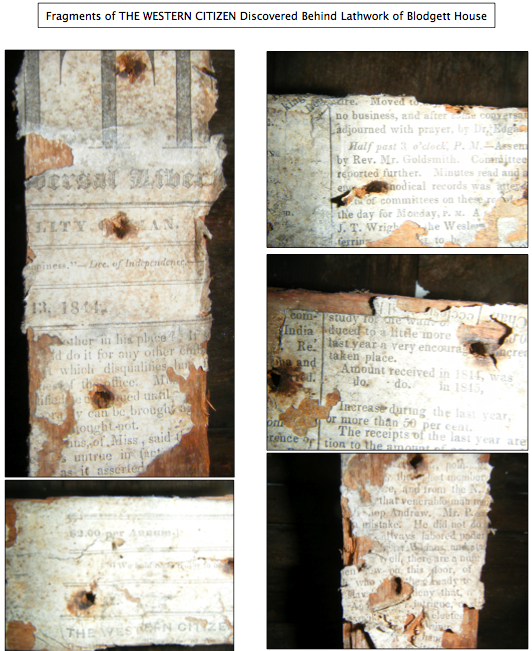

|
The Underground Railroad
was a large movement of people, white, black
and some native tribes, who opposed slavery and worked together at
great risk to help people escape to freedom. Not all people escaping
slavery had the assistance of the UGRR, but for many it became an
organized system of stops where people seeking freedom were hidden all
the way from the south to the north in the U.S. until reaching Canada
where they were free of slavery. Due to their strong convictions about
the injustices of slavery, people united into a far-reaching network
that included their home, a barn, a secret room, a basement, a cistern,
or anyplace where a person escaping slavery could be hidden until taken
to the next stop. This organized system was called "underground"
because it seemed as if people would suddenly disappear, as if going
underground. DuPage County was a critical passageway because it
was due
west of Chicago, the destination for catching boats sailing to Canada,
where slavery had been outlawed. The risks for helping on the UGRR
after 1850 were substantial. The Blodgetts accepted these risks and
used their house as a secret stopover, playing a key role in the
Underground Railroad in DuPage county. THE WESTERN CITIZEN, published in Chicago, was a principal news source about anti-slavery activities in the middle of the 19th Century. Fragments of this newspaper have recently been found behind the lath and plaster in the 1946 Blodgett House.
Site created, designed, and managed courtesy of Corridor Communications |
|---|
